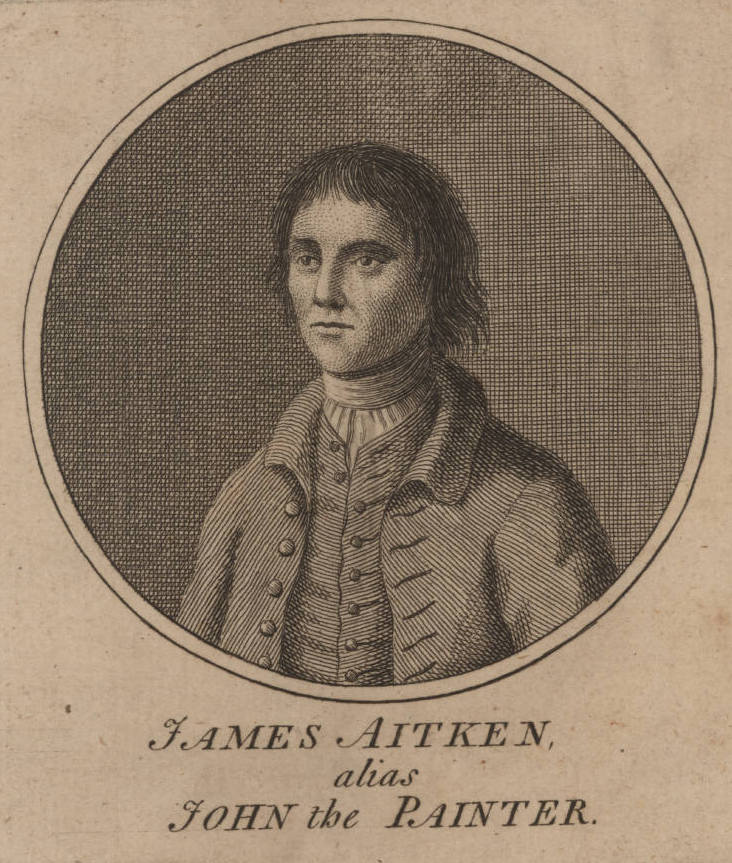One would-be hero of the American revolution wasn’t American, heroic, or particularly good at helping the revolution. His plan to burn down the British navy’s most strategic dockyards had just one fatal flaw: he wasn’t actually any good at starting fires.
Featured image: An engraving of James Aitken from a book published in 1777. This was a frontispiece engraving so it was probably in one of the books of his confessions published by journalists who’d spoken to him before his execution. (Image source)
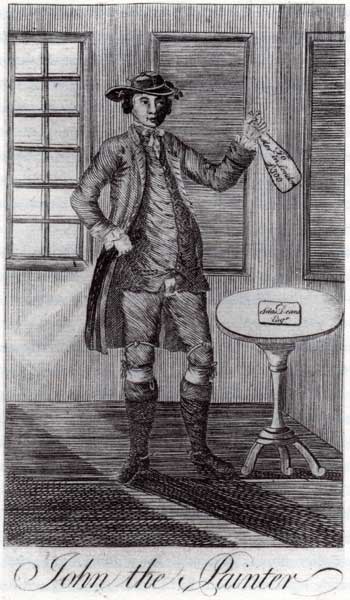
Another engraving of Aitken from 1777. The calling card on the table says Silas Deane, the name of the man James believed to be his patron. (Image source)
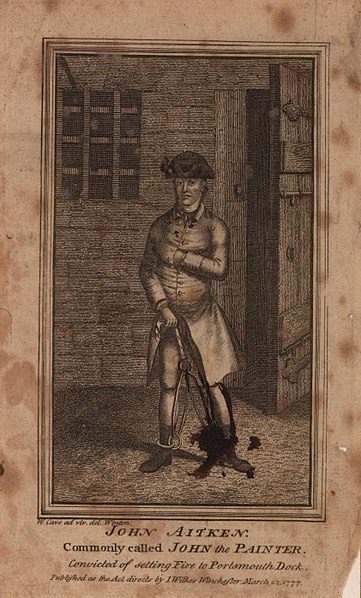
Another engraving of Aitken from a 1777 book about his crimes. In this, he’s wearing his foppish “macaroni” clothes. (Image source)
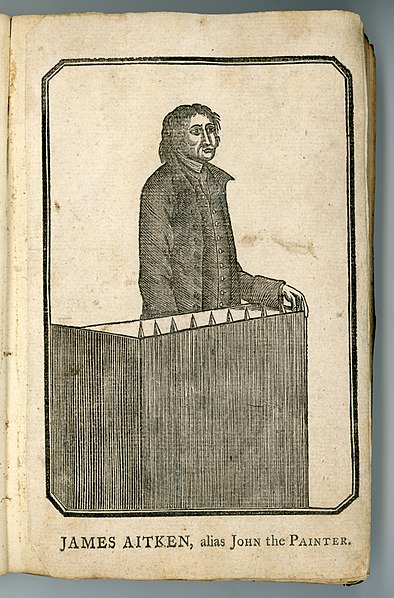
James at trial, not doing very well defending himself. (Image source)
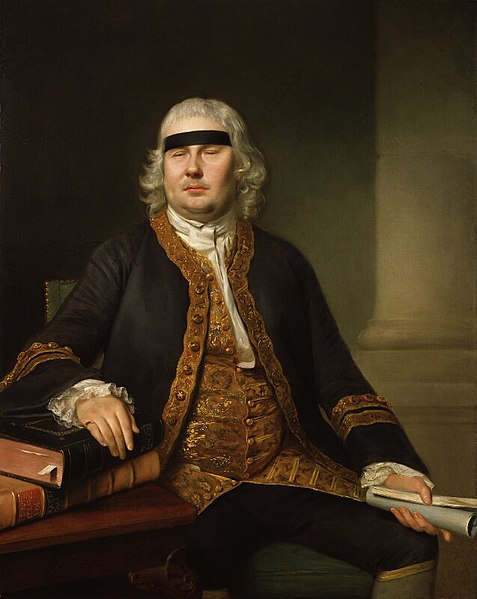
Sir John Fielding with the black band he usually wore over his eyes. (Image source)
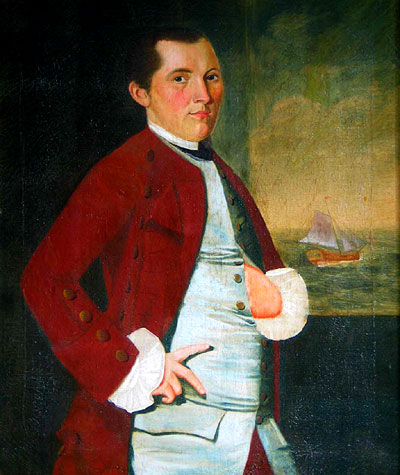
Silas Deane, probably subject of a future episode. (Image source)

Edward Bancroft, the double agent. (Image source)
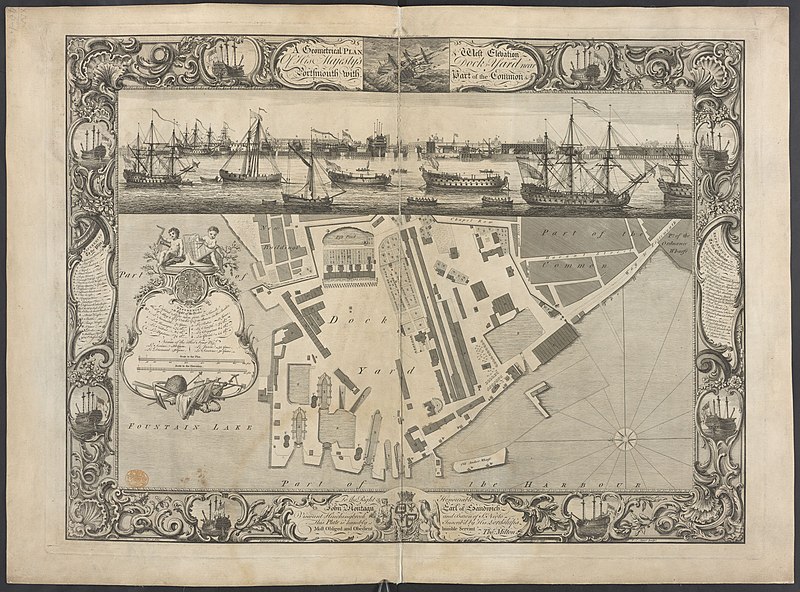
A map of the dockyard at Portsmouth a couple decades before Aitken’s brief criminal career. (Image source)
Sources
- The Incendiary: The Misadventures Of John The Painter, First Modern Terrorist
- Seven Years’ War
- Lead Poisoning poisoning from the Colonial Period to the Present
- In 1723 a system known as the Bloody Code was established in Britain
- Bow Street Runners
- Watchmen and constables
- THE POLICE GAZETTE
- Indentured Servants, Apprentices, and Convicts: Finding Family Histories at the Library of Congress
- Observations on the Nature of Civil Liberty
- Genuine Stockholm Tar
- Macaroni
- 1777 British Act – Crime of High Treason
